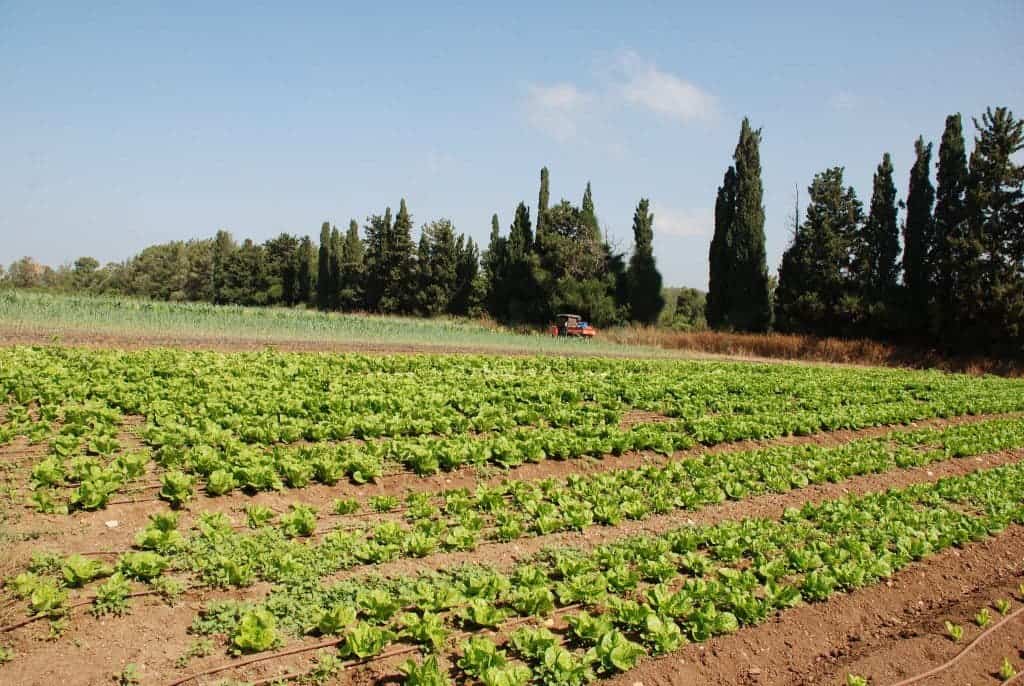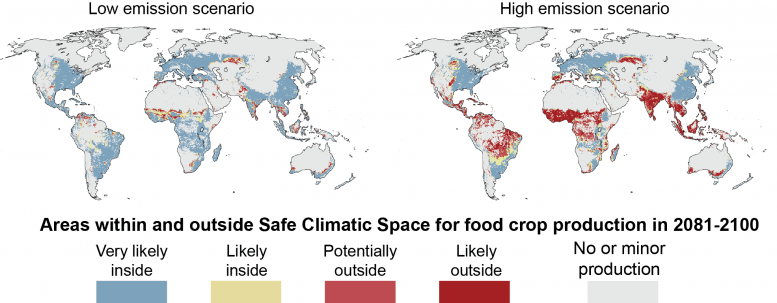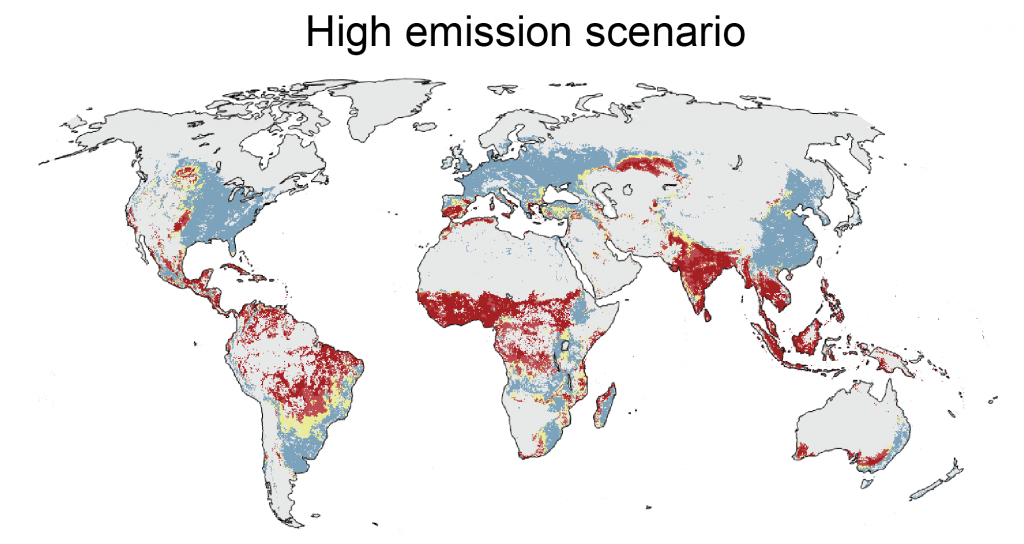If we don’t reduce our greenhouse gas emissions substantially, we could risk up to a third of the global food production, according to a new study. As the world’s most important food-growing areas would be subject to temperature increases and shifting rainfall patters, growing food will become much more problematic.

Agriculture has always been subject to unpredictable weather, but while the short-term weather outbreaks are unpredictable, long-term climate trends are a different thing. While in some regions warmer temperatures may increase crop yields, the overall effect of climate change on agriculture is expected to be negative – reducing food supplies and raising prices.
Coupled with a growing population, estimated to reach 9.6 billion people by 2050, this is spelling trouble. Meeting the world’s food demands will require increasing food production by at least 60%, according to the UN — but that might be an understatement, with a 2011 study projecting that food production will have to increase by 100% to meet future demand. We’re already using our resources unsustainably, and if things continue on the current trajectory, things will get worse before they get better.
A bad climate for agriculture
Researchers at Aalto University in Finland found that about 95% of current crop production occurs in areas they define as “safe climatic space” — conditions where temperature, rainfall and aridity fall within certain bounds. If temperatures rise by over 3.7ºC (the business-as-usual scenario) that safe area would shrink dramatically.

This would especially affect south and south-eastern Asia and vast swaths or central Africa. The good news is that this can be stopped.
If carbon emissions are significantly reduced, in line with the Paris Agreement’s target of limiting temperature increases to 1.5ºC or 2ºC above pre-industrial levels, only between 5% and 8% of global food production would be at risk — which needless to say, is far more manageable.
“Rapid, out-of-control growth of greenhouse gas emissions may, by the end of the century, lead to more than a third of current global food production falling into conditions in which no food is produced today,” Matti Kummu, lead author, said in a statement. “The good news is that only a fraction of food production would face as-of-yet unseen conditions if we collectively reduce emissions.”
Kummu and his team used two future scenarios for climate change in their study. One projected a radical emission cut, limiting global warming to what was pledged in the Paris Agreement. And another one in which emissions continue growing as they are doing now, leading to a temperature increase of about 3.7º or even higher.

They used both models to understand how climate change would affect 27 of the most important food crops and seven different livestock, considering societies’ capacities to adapt to changes. In 52 of the 177 countries they studied food production would remain unaltered in the safe climatic space, including most of the European countries.
Meanwhile, countries already vulnerable to climate change such as Suriname, Benin and Ghana would be largely impacted if emissions aren’t reduced. The researchers estimate up to 95% of their food production would fall outside the safe climatic space. Plus, these nations have a more limited capacity to adapt to any climate changes.
Cascading problems
The study is the first to take a holistic look at the climatic conditions where food is grown today and how climate change will affect these areas in coming decades. For the researchers, the main message is the urgency to take action by mitigating climate change, increasing resilience in food systems and making food production sustainable.
As the planet becomes more and more intertwined, no problem will remain localized — things happening in distant parts of the world will cascade and ultimately affect all of us.
Another problem highlighted by researchers is the expansion of deserts, and the potential appearance of new ones.
If emissions are kept under control, the world’s largest climatic zone, the boreal forest, would shrink from its current 18 to 14.8 million square kilometers by 2100. If emissions aren’t reduced in line with the Paris Agreement, only roughly 8 million square kilometers of the vast forest would remain. North America would be particularly affected.
“If we let emissions grow, the increase in desert areas is especially troubling because in these conditions barely anything can grow without irrigation. By the end of this century, we could see more than 4 million square kilometers of new desert around the globe,” Kummu said in a statement. The Arctic tundra, for example, would disappear completely, he added.
The study was published in the journal One Earth.






